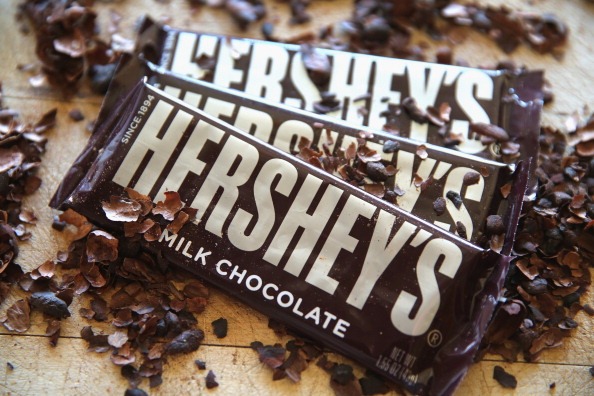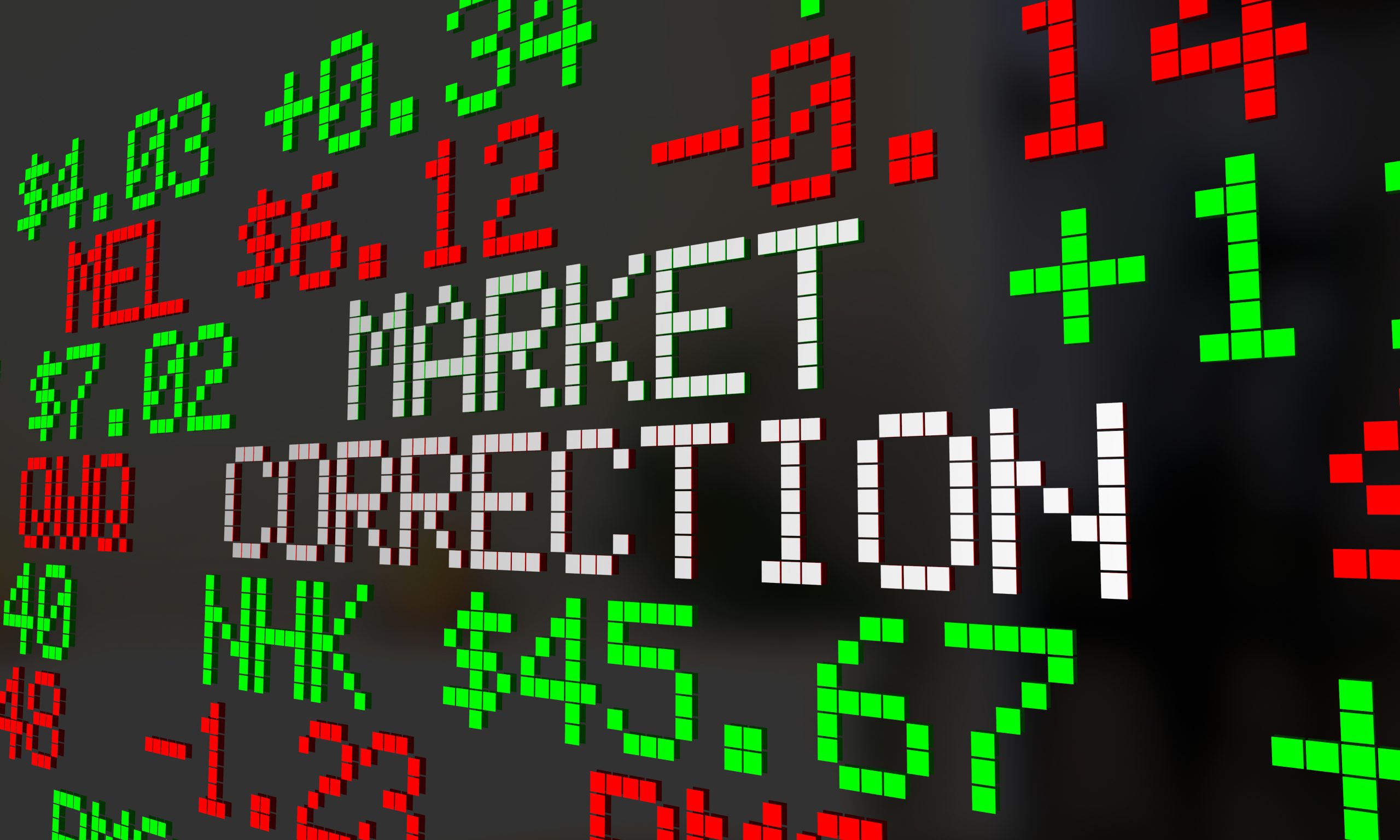Sure, Inflation is Tough, But …
While record-high inflation continues to squeeze consumers, historical data shows that the opposite scenario—deflation—is the real nightmare for both the economy and the financial markets.

Inflation is running red-hot, there’s no denying that. A recent report issued by the U.S. government suggests that prices grew on average 7.5% year-over-year—the highest reading since 1982.
Consumers are feeling the squeeze:
- Over the past year, inflation eroded pay by 1.7%, according to the U.S. Department of Labor.
- At the end of 2021, 61% of the U.S. population was living paycheck to paycheck, according to a recent Lending Club report.
- The same report found that 70% of millennials (ages 23-38) are living paycheck to paycheck.
- Even among those earning six figures, 42% said they were living paycheck to paycheck, the survey of more than 3,000 adults found.
But, what impact does high inflation have on the markets?
In 1980, the S&P 500 increased by 25%. In 1982 the S&P 500 was up by roughly 15%. Sure, those years sandwiched a 10% decline in the S&P 500 during 1981. But looked at together, that’s hardly a disaster scenario.
Of course, past returns are no guarantee of future performance. But those examples suggest that after surviving inflation, a more worrisome threat abounds.
Deflation is the Real Boogeyman
The opposite of inflation is deflation, and the onset of deflation in an economy can be devastating.
Deflation usually rears its head during economic contractions (i.e. recessions and depressions). And when economic contractions occur, that’s when performance in the financial markets tends to really suffer.
Most will recall just how bad things got during the 2007-2009 Great Recession, otherwise known as the Global Financial Crisis. In the midst of that fiasco, the S&P 500 corrected by close to 60%.
Now that’s a true nightmare.
Bear markets like that one (defined as corrections of 20% or more) have historically popped up during deflationary periods.
Going back to 1926, there have been about 14 different bear markets in the United States. And those bear markets have ranged in magnitude from a 21% decline to an 86% decline (the latter being the Great Depression of 1929-1932).
The graphic below highlights 13 of the most recent bear markets and ensuing bull markets in the U.S.
Of the 13 bear markets pictured above, only two did not coincide with an economic contraction (i.e. recession or depression) in the U.S. (1961 and 1987).
Interestingly, those two bear markets were also among the shortest, lasting only 6 and 3 months, respectively.
While history is no guarantee of future performance, the aforementioned data indicates that bear markets in the U.S. have historically been accompanied by deflationary economic conditions, and that they tend to last longer than bear markets which are not characterized by deflationary conditions.
Considering the above data, it seems clear that deflationary economic conditions—whenever they next materialize—will almost certainly represent a much bigger risk to the financial markets than a historically high rate of inflation, as observed today.
That means whenever the word deflation starts getting thrown around in the financial media, investors and traders would likely be well advised to listen up.
To learn more about “inflation trades,” readers should revisit The Issue with Inflation.
To track everything moving the financial markets, readers can also tune into TASTYTRADE LIVE—weekdays from 7 a.m. to 4 p.m. CST—at their convenience.
Sage Anderson is a pseudonym. He’s an experienced trader of equity derivatives and has managed volatility-based portfolios as a former prop trading firm employee. He’s not an employee of Luckbox, tastytrade or any affiliated companies. Readers can direct questions about this blog or other trading-related subjects, to support@luckboxmagazine.com.



















